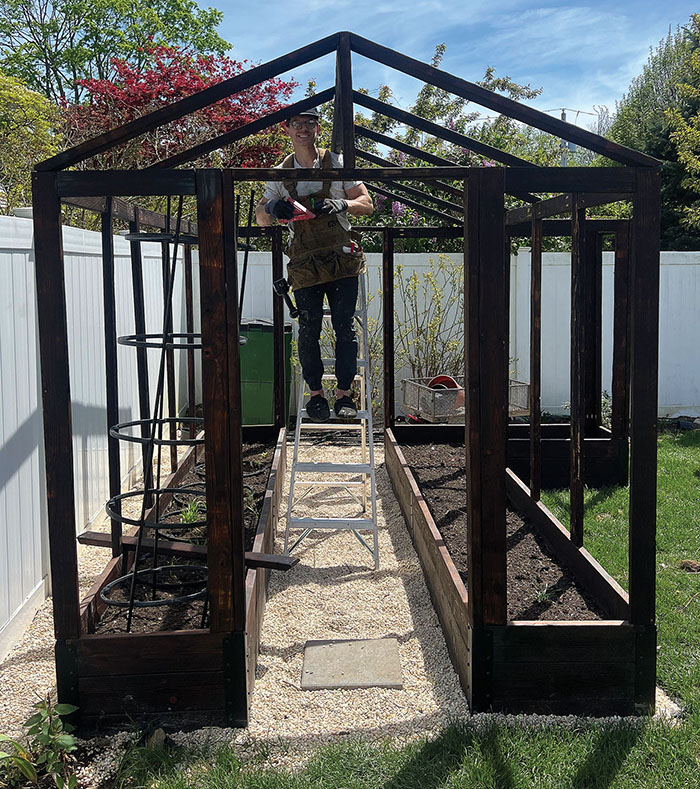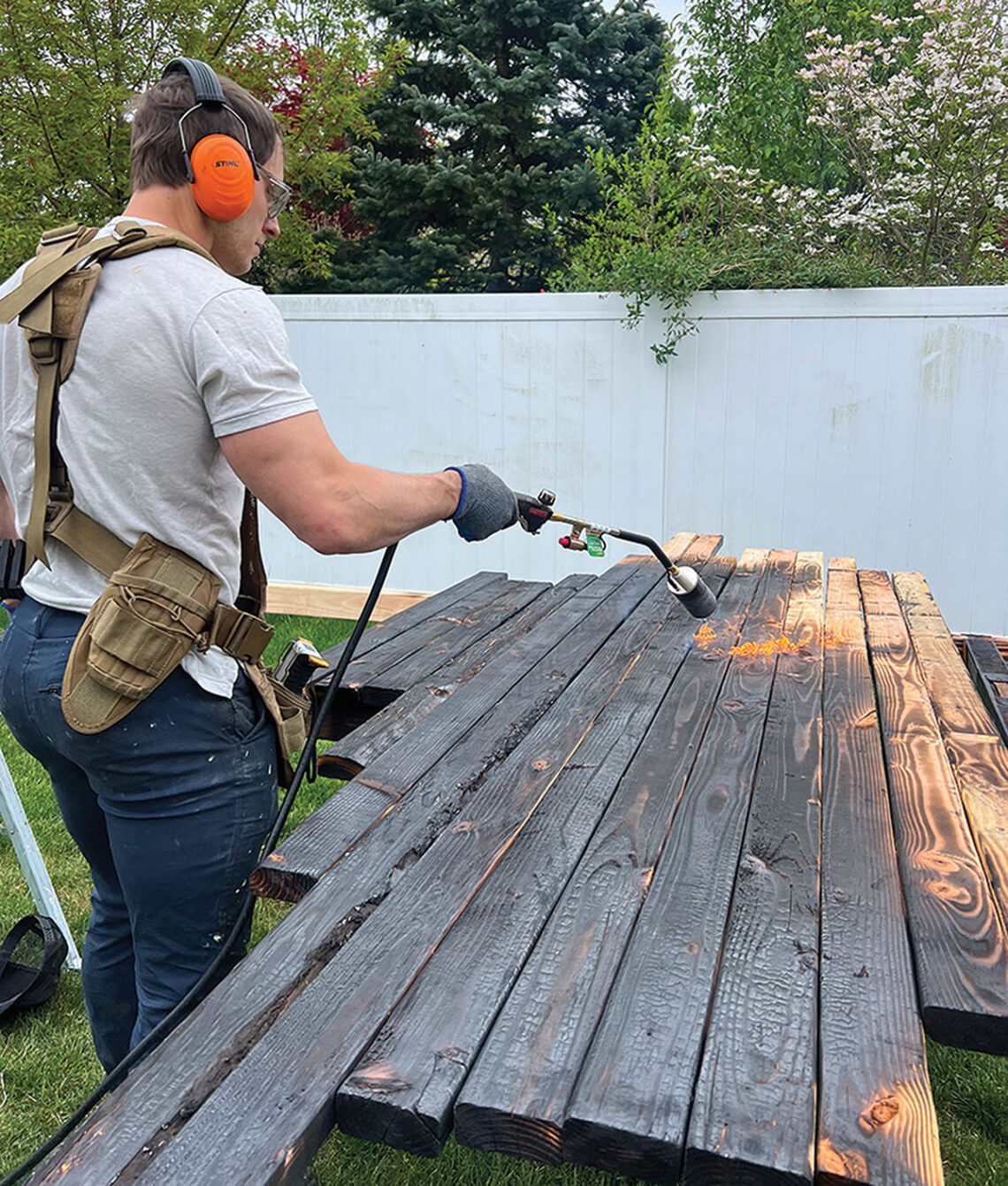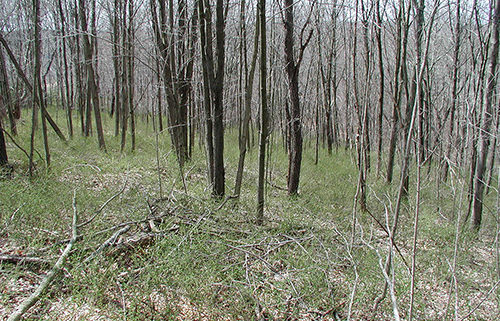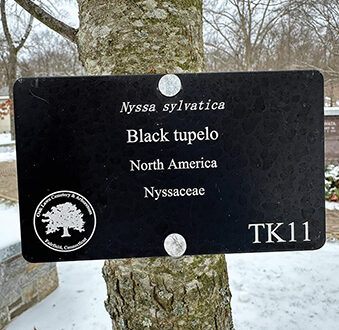By Tom Donigan
This winter we decided to upgrade our raised beds. We installed a small raised bed garden during the pandemic and have loved harvesting fresh vegetables with our young family. The goal with the new garden was to create one that was both long-lasting and beautiful.
My wife Erica found a video by James Prigioni where he used the Shou Sugi Ban technique to create the long-lasting and beautiful garden we were targeting. [Editor’s Note: The technique is also often called Yakisugi.]
The Shou Sugi Ban process preserves wood by burning it using a direct flame. This process makes the wood resistant to insects, rot, and fire. We chose to use Douglas fir based on the cost versus cedar.
I used a high powered propane torch to burn the wood to the point of looking like alligator skin, and then used a wire circular brush to remove the outer layer of char. At this point I applied two to three layers of Outdoor Defense Oil (food safe) to seal the wood, enhancing its waterproof qualities and durability.
We decided to completely fence in our new garden beds to prevent all the curious critters from feasting prematurely on our veggies. We added a roof so that we could apply polycarbonate panels in the winter for a greenhouse environment.

Editor’s Notes
Yakisugi is a traditional Japanese method of preserving wood. It translates as “burned cedar or cypress.” You may also see it called Shou Sugi Ban.
The wood is charred, which is thought to make it more waterproof and therefore more durable. It also improves the wood’s resistance to insects.
According the Japan Woodcraft Association it “improves siding longevity by preventing decay; insect and mold infestation; makes the planks more dimensionally stable and improves fire retardancy.”
The method may date back to the Edo Period (1603-1868).





